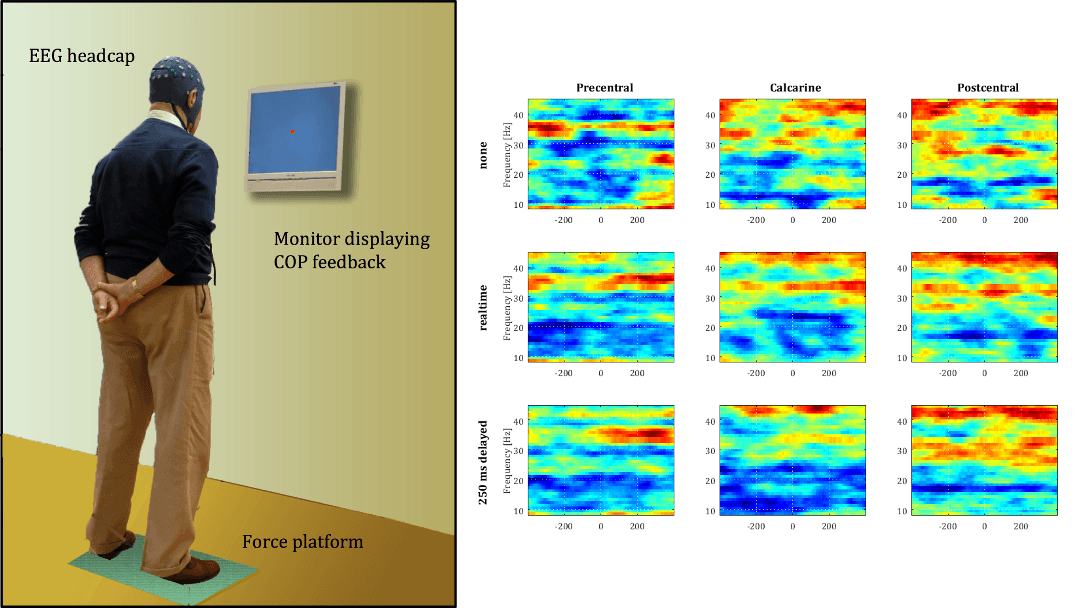The Interactive Walkway
Summary
Falling is a common, costly and impactful health problem. Most falls occur during walking, caused by trips, slips or misplaced steps. The ability to adapt walking to environmental circumstances largely determines someone’s risk of falling during walking. Nevertheless, set-ups for routine evaluation of gait-environment interactions are not available. To better understand, predict and ultimately prevent walking-related falls we developed the Interactive Walkway. This overground 10-meter walkway is instrumented with multiple Kinect v2 sensors for markerless 3D full-body movement registration. The walkway includes a projector to present gait-dependent visual context onto the floor, such as stepping targets and obstacles.
With the Interactive Walkway the effects of environmental context variations can be examined on a comprehensive set of dependent variables of walking, including self-selected walking speed, gait characteristics, walking adaptability and attentional costs of walking.
Project Parameters
currently not provided
Interactive Walkway 2.0
Movement-dependent obstacle presentation controlled by Kinect
Related Research Themes & Projects

Cueing in Parkinson’s disease
We address effects of augmented visual feedback on postural control to investigate the direct effects of this feedback on postural control and its potential benefits for balance control in patients with Parkinson’s disease.